Library
-
Heartworm treatment involves several components to combat potential bacterial infection, kill heartworm larvae (microfilaria), kill adult heartworms, and then test to confirm successful treatment. Complete rest for a dog undergoing treatment is essential.
-
Heatstroke is another term for hyperthermia. Dogs suffering from heatstroke can have varied signs, from high respiratory rate to coma, depending on their temperature. Prognosis depends on the extent and duration of temperature elevation. Some dogs recover normally, but more severe cases will have permanent organ damage or may die from hyperthermia.
-
Common conditions of pet hedgehogs include internal and external parasites, ringworm, cancer, pneumonia, gastrointestinal disease, and obesity. Signs of illness or disease are often vague and non-specific, such as lack of appetite and lethargy. Therefore, any deviation from your hedgehog’s normal habits should be cause for concern and should be evaluated by your veterinarian.
-
A pet hedgehog’s diet should mainly consist of high-quality hedgehog food mixed with high-quality, low-fat cat food. The diet may be supplemented with certain insects, fruits, and vegetables, which are listed in this handout. Foods that should be avoided are also listed. Hedgehogs have a propensity for obesity if their food intake is not monitored or controlled.
-
Hedgehogs are active animals and require lots of room to move around and exercise. They are also very good climbers, so it is important to choose an enclosure that your hedgehog cannot escape from. Other factors include temperature control, a respite from bright light, and appropriate bedding and toys that are safe for this unique pet.
-
Hedgehogs can make interesting, somewhat challenging, yet fun and enjoyable pets. They are nocturnal mammals whose entire backs are blanketed with spines like a porcupine. They like to stay active and are skilled at climbing, digging, and even swimming. As with any pet, hedgehogs require a high-quality diet and routine veterinary care.
-
Hedgehogs can have several unique problems, including cancer, dental disease, obesity, and foreign bodies. It is important for an owner to understand what these problems are so veterinary care can be provided to their hedgehog when needed and in a timely manner.
-
Height dominance in pet birds can be an issue with a poorly trained pet bird or dominant pet bird. Birds that are allowed on shoulders or top of cages can be aggressive and nippy if not trained to "Step-up" on command. Proper training and socialization are essential to allow birds to perch wherever they wish.
-
Phobias related to thunderstorms and fireworks cause dogs to suffer and often increase in intensity over time. Behavior modification combined with medication can be used to reduce a dog's level of fear. This handout aims to provide you with some helpful information for immediate treatment of firework and thunderstorm phobias.
-
Your older cat requires more care and attention to make sure they have the best quality of life. If they have certain medical conditions, that will factor into what they can do and how often they may need to see your family veterinarian. It's important to spend time with your cat to keep their stress low and monitor for changes.


